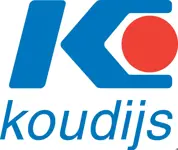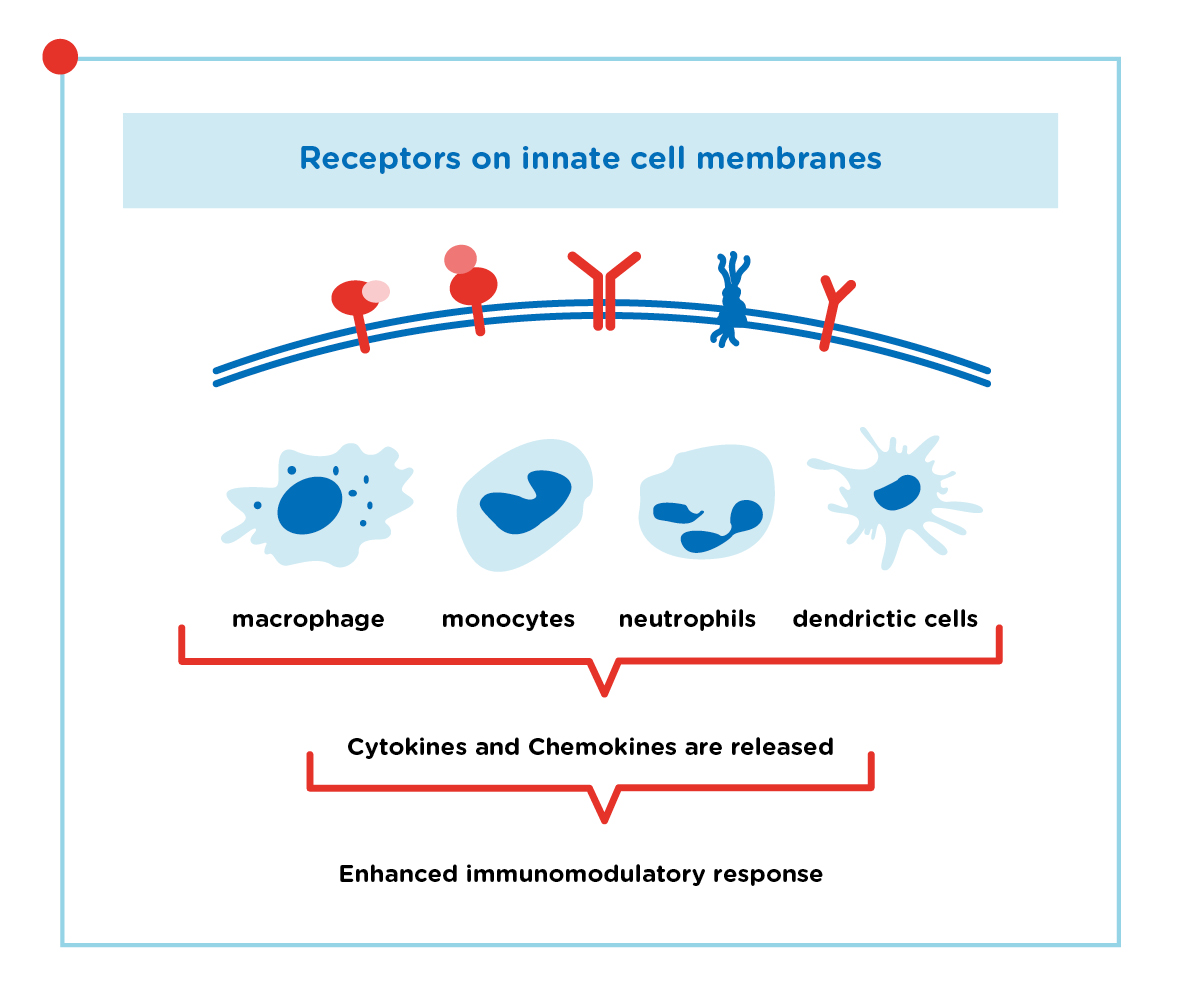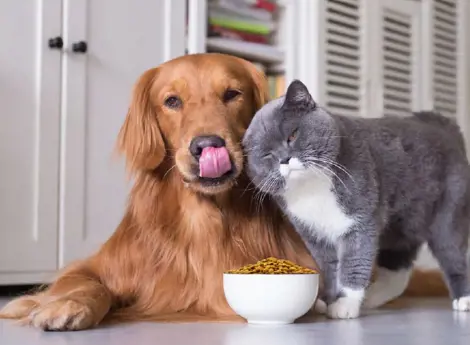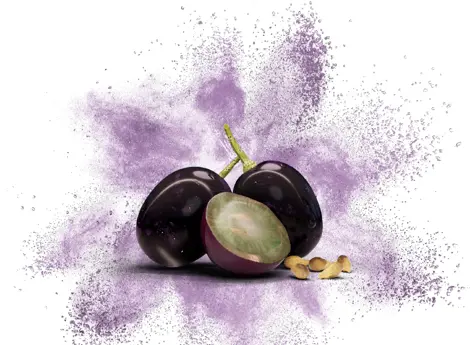How StimmunoGuard supports the immune system of farm animals
Achieving optimal performance is a demanding job. Highly productive animals can benefit from priming their immune system. There are various approaches to support the immune system, we tested the effect of specific beta glucans.
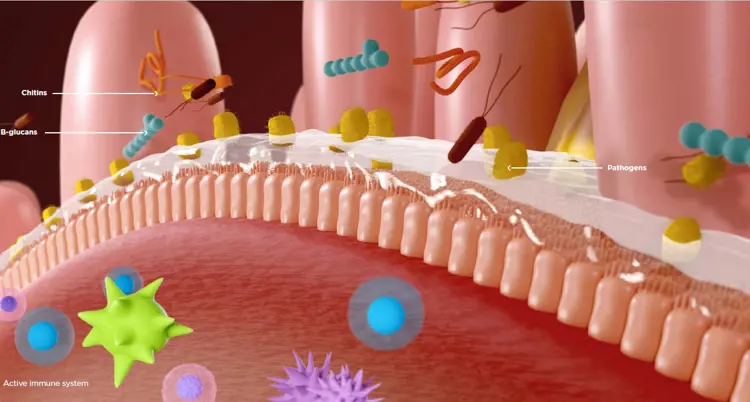
Beta-glucans widely used
Beta-glucans are probably the most commonly used additive to help maintain an efficient immune system. Beta-glucans are called Pathogen-Associated Molecular Pattern substances (PAMPs) because they share similar molecular patterns as on the cell walls of pathogens. PAMPs are recognised by and bind to Pattern Recognition Receptors (PRRs) on various innate immune cells, like macrophages, dendritic cells and neutrophils. PRRs include Dectin-1, CR3 and scavenger receptors, and can trigger a cascade release of cytokines and chemokines (e.g. IL-1, IL-6 IL-8, TNF-α, NO, and lysozyme). These signalling proteins can initiate an immune response and attract a wide array of immune cells, of both the innate and humoral immune system. The result is an immunomodulatory response which can trigger both the up and down regulation of inflammation.
Various sources of beta-glucans
The most common source of beta-glucans used to prime the immune system of farm animals are those derived from yeast cell walls (YCW). YCW have varying amounts of (1,3) and (1,6) beta-glucans ranging from 20 to 25% in inactivated YCW, and after purification, levels of up to 50% can be reached. However, beta-glucans are also present in grains, fungi, bacteria and algae. All these sources, vary in biological activity. This is mainly dependent on the molecular structure, molecular weight and the number of branches, which all affect the binding affinity to cell receptors and therefore the immune response potential.
Maintaining macrophage viability
At Koudijs, we have developed our own immunomodulator: StimmunoGuard. StimmunoGuard contains a large quantity of beta-glucans derived from fungi. One of the primary responses produced by beta-glucans is a higher phagocytosis by macrophages. Phagocytosis is the process by which immune cells ingest and deactivate foreign particles and invading microorganisms. A trial conducted at Wageningen University (WUR) tested phagocytic activity and macrophage viability of StimmunoGuard (product A) against various sources of beta-glucans (products B through N). Varying results were observed.
All beta-glucan products showed a positive effect on the phagocytosis assay, although some effects were larger than others. On the other hand, some of the beta-glucans showed a decreased viability. Stimmunoguard showed both strong phagocytic activity and also maintained a strong macrophage viability.
Field trials confirm innate immunomodulation
The application of StimmunoGuard in the field under in-vivo conditions showed consistent favourable results across various animal species, including poultry, swine and aquaculture. At lower inclusion rates, we observed improved growth rates and higher stress tolerance. At higher inclusion rates, we still saw improved stress tolerance and also higher survival rates against disease challenges in aquatic species.
Chitin delivers added benefit
Besides the immunomodulating properties of beta-glucans present in high quantities, a high percentage of chitin in the fungal mycelium cell membranes may have contributed to StimmunoGuard’s effectiveness as well. Literature states chitin is an immune modulator which acts similarly to beta-glucans. Predominantly active in the intestinal tract, chitin can be recognised by PRRs on various innate immune cells triggering an immunomodulatory response. In addition, when chitin is broken down in the intestinal tract of animals it produces chitosan which can damage the cell membrane of harmful microbes. Here too, the level of polymerisation, molecular weight and branching influence biological activity. Further research is ongoing to further characterize the chitin immunomodulatory effects.

Read the latest version of the Koudijs newsletter!
Read hereAbout the author

Maarten-Jay van Schoonhoven
Do you have any questions or would you like more information? Get in touch with Maarten Jay.
